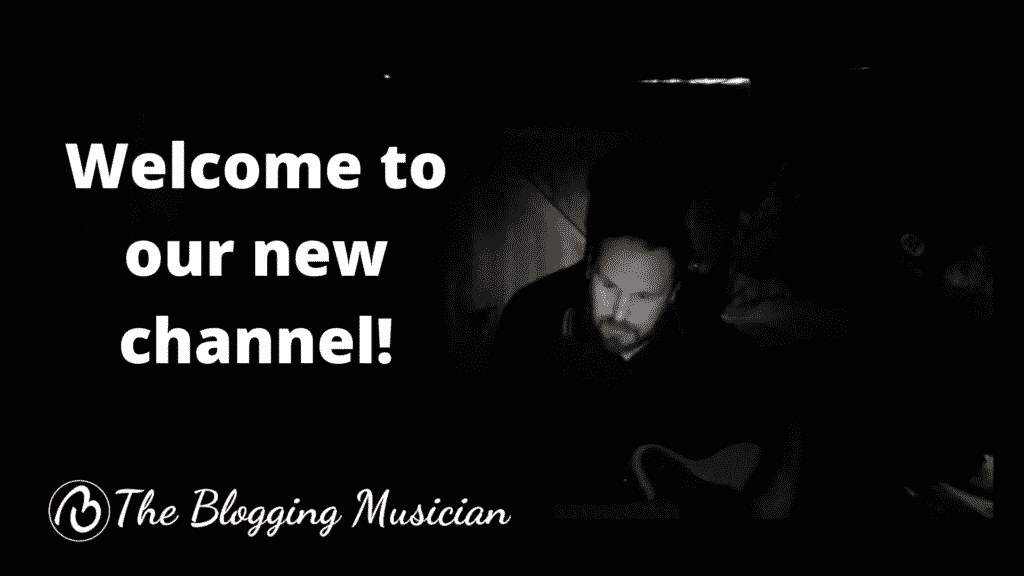Like most musicians and songwriters, you’ve probably felt that heavy, frustrating sense of stuckness. The ideas won’t come. The melodies sound stale. The lyrics just won’t land on the page. You’ve been staring at your instrument or notebook for hours, feeling like the magic that once fueled you has slipped away.
Take a deep breath. Creative blocks are not a sign that you’ve run out of talent or that your best work is behind you. In fact, they’re a completely normal part of the artistic journey. Often, they signal that something in your process or routine needs a gentle shift.
Instead of fighting the block or spiraling into self-doubt, what if you saw it as an opportunity to reset, reflect, and grow?
You don’t need a massive breakthrough or an expensive retreat to get back in touch with your creative flow. Any changes in your environment, mindset, and daily habits can be surprisingly impactful.
Let’s explore some ways to help you shake off that creative fog and rediscover your inspiration.
Understanding the Nature of Creative Blocks
More often than not, creative blocks stem from common issues like burnout, falling into repetitive routines, or getting caught up in unhelpful comparisons with other artists. Social media, especially, can make it feel like everyone else is effortlessly churning out brilliant work while you’re spinning your wheels.
But a block isn’t a failure, but a pause. A moment that your mind and heart may need to recalibrate. Practicing self-compassion is essential here. Beating yourself up will only tighten the knot.
Sometimes looking backward helps us move forward. Go over the tech tools and instruments you’re using to see if there’s something you can change there. Look over your music catalogue and update old songs. Or, go back to school to better understand your own creative rhythms.
Reflection will help you figure out when you feel most alive in your music-making and when you tend to get stuck.
Clear Your Space, Clear Your Mind
Let’s talk about your creative space. When your studio, desk, or practice area is cluttered, your mind probably feels equally cluttered. A messy, chaotic environment can weigh on your mental clarity and make it harder to focus, experiment, or follow inspiration when it strikes.
Fortunately, a top-to-bottom makeover isn’t necessary to improve your space. Set aside 30 minutes for a weekly “creative reset.” Tidy up your gear, organize loose cables, clear the stacks of paper, and make sure your instruments are ready to go.
Even decluttering your closet, where many musicians stash gear, pedals, or cables, can improve your sense of control and readiness. Determine what you’re trying to achieve with decluttering your closet first.
Then, empty it and categorize everything to see where you have redundancies. After your things are categorized, decide whether you’ll keep, donate, or discard them. From there, you can create a storage plan for what you’re keeping.
Tap Into Your “Why” With Intrinsic Motivation
When was the last time you asked yourself why you create music? Not why you want more streams, followers, or gigs, but why you first picked up that guitar, sat at the piano, or wrote your first song.
Intrinsic motivation, the drive we feel to do something simply because we want to, is the heart of long-lasting creativity.
When we get caught up in external rewards or comparisons, we can lose sight of that inner fire. At one point, you were intrinsically motivated to do music, and reconnecting with that can be the spark you need to reignite your inspiration.
Take time to reflect on what music gives you, not what it gets you. Look at the emotions or stories that you are most drawn to express. Explore what you want people to feel when they hear your music.
Consider setting goals that reflect your passion, whether it’s finishing a song that feels authentic to you, experimenting with a new sound just for fun, or simply carving out time to play without expectations. Passion, not pressure, is what will carry you forward.
Build Inspiration Into Your Routine
Inspiration often shows up when you’ve created the conditions for it to flourish. That’s where your daily routine comes in.
Try habit stacking, linking a small creative action to an existing habit. For example, if you already make coffee every morning, use the 10 minutes afterward to improvise on your instrument or write a few lyric lines. Or, if you always take a walk after work, make it a habit to listen to a new album or explore a genre you’re unfamiliar with during that time.
You can also stay active, get enough sleep, and practice without your instrument to improve your musicality and get yourself out of a creative rut.
The key here is consistency over intensity. It’s better to spend 10 minutes with your craft every day than to wait for a marathon session that may never come. Over time, these small acts build momentum and gently pull you out of a slump.
Conclusion
Creative slumps can feel endless when you’re in the middle of one, but they are always temporary. And while it’s tempting to wait for a bolt of lightning to reignite your passion, the real magic comes from making small, deliberate changes that invite inspiration back into your life.
Tend to your environment, reconnect with your intrinsic motivation, and adjust your daily routine to create fertile ground for creativity to return.
Pick just one small change today. Clear your space, reflect on your “why,” or carve out 10 minutes for your craft. Momentum builds from these small beginnings.
Every songwriter and musician, from hobbyists to legends, has walked through the valley of creative block. What matters most is that you keep showing up for your art, with kindness toward yourself and a willingness to explore new paths.



